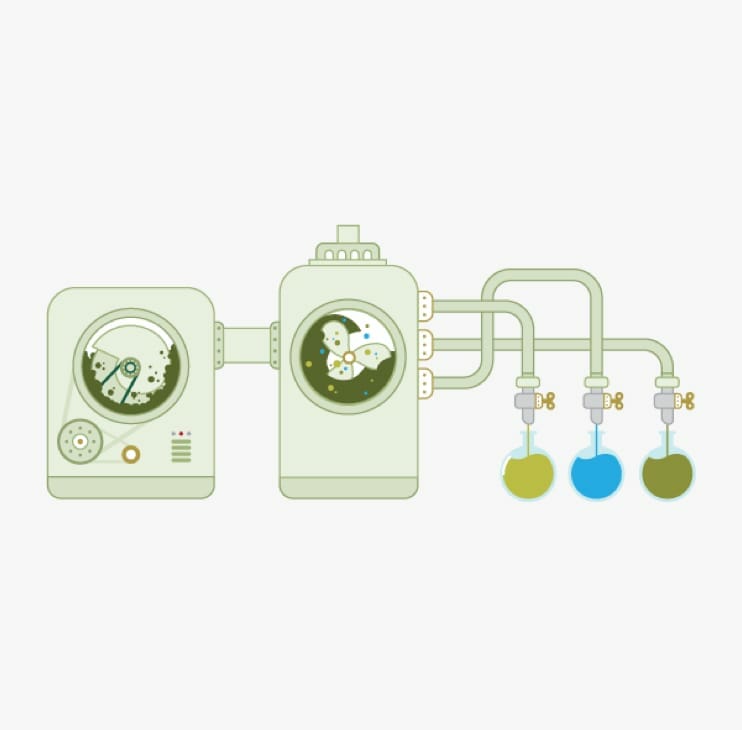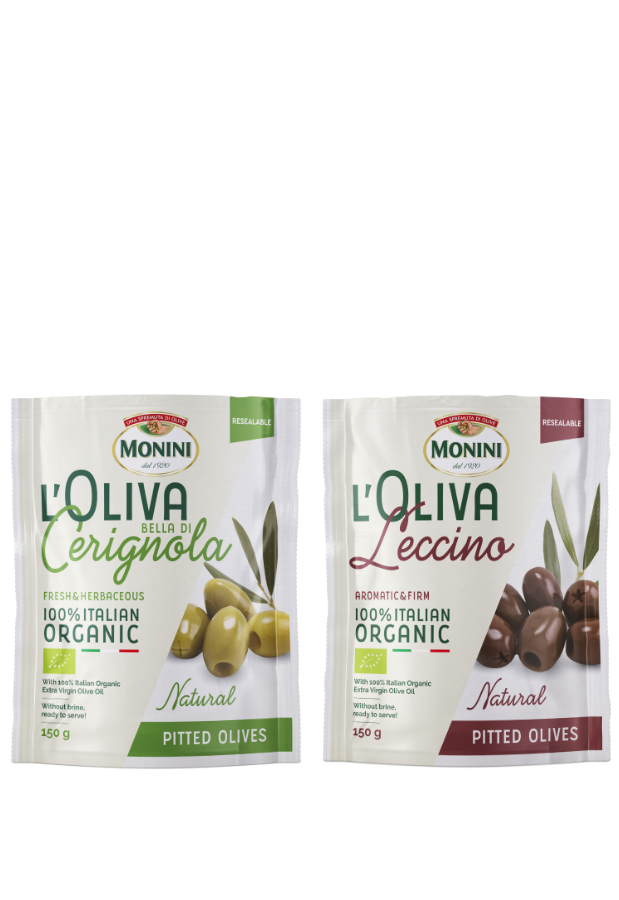OIL EXTRACTION TECHNOLOGY IN THE PAST
Le tappe salienti dell’evoluzione della tecnologia olearia, dall’antichità al NovecenThe main phases of the evolution of oil technology, from antiquity to the twentieth century.to.
SMALL STEPS TOWARDS INNOVATION
Since the dawn of time, people have searched for ways to juice olives. While in the beginning they simply crushed them in a mortar, adding hot water to induce oil to separate and come to the surface they have since invented new methods to produce olive oil.
THE REVOLVING MILLSTONE AND THE LEVER
The first major innovation in olive pressing is the revolving millstone: a large cylindrical stone with a wood plank, operated by hand or by animals.
By applying the law of the lever, the oil yield can also be improved.
The olive paste, stored in canvas bags, is pressed with large stones, just like a massive nutcracker.
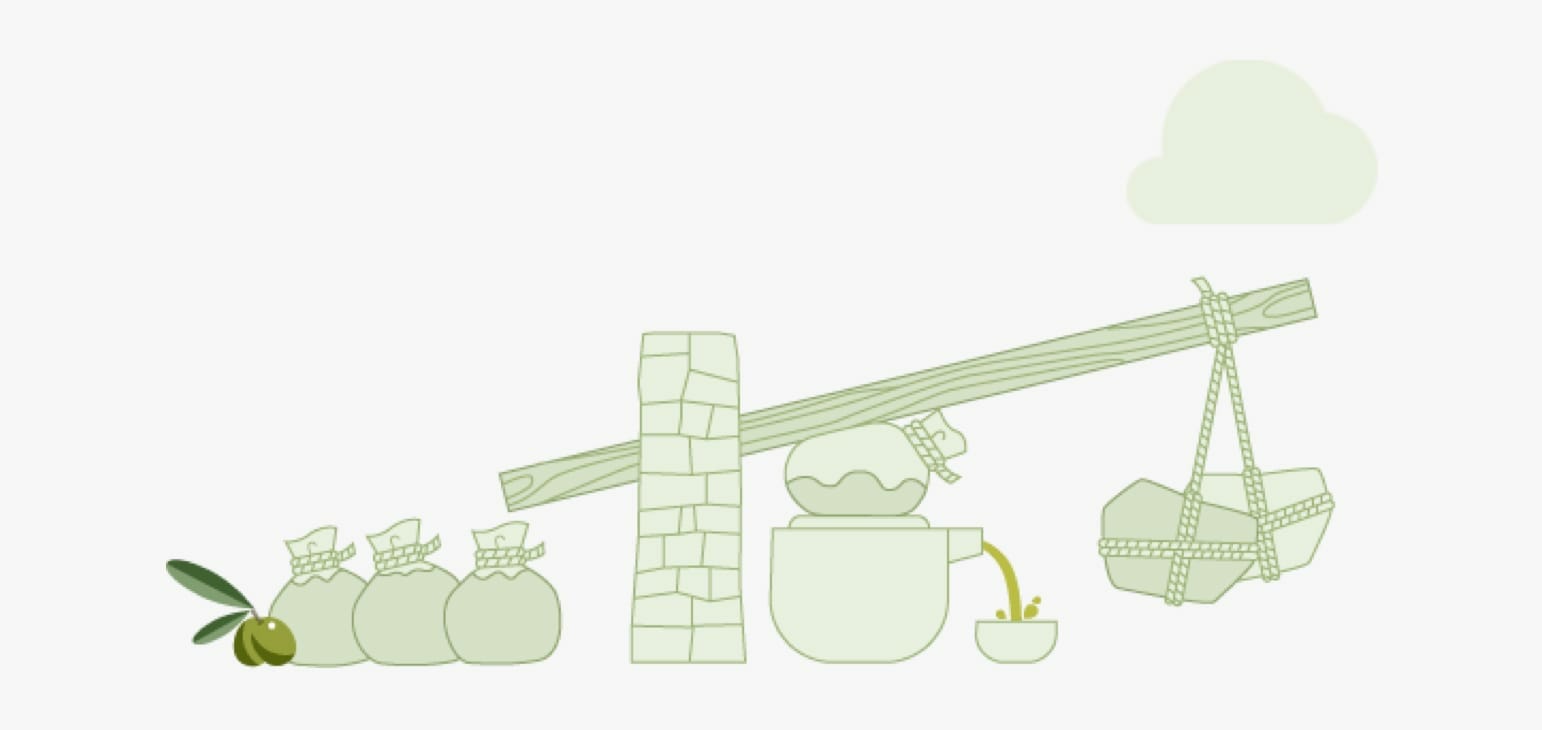
THE OLIVE PRESS
In time, a new invention appeared: Archimedes’ screw. Applied first at the end of the lever and then on the press, it was able to create a pressure that people couldn’t replicate. Applied first at the end of the lever and then on the press, it was able to create a pressure that people couldn’t replicate.
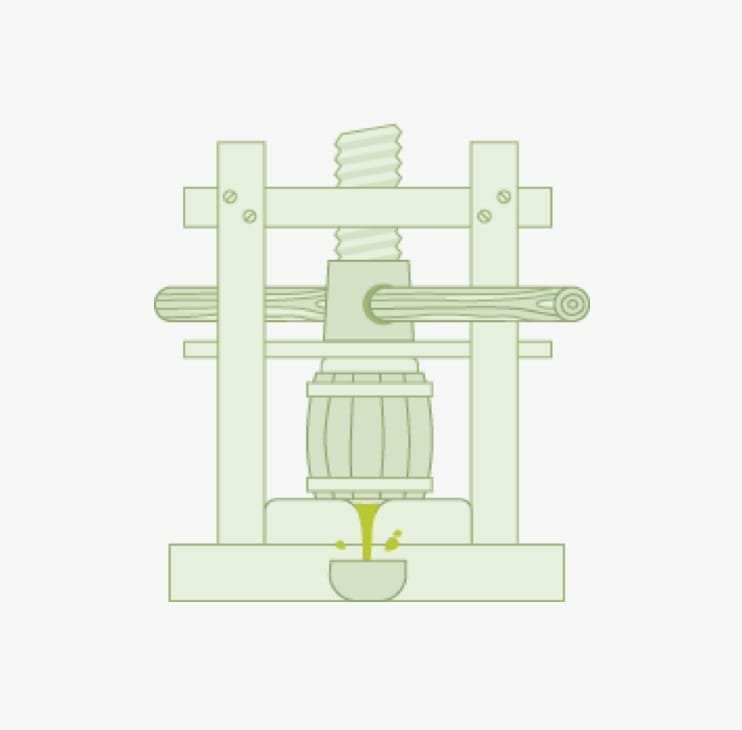
THE HYDRAULIC PRESS
In 1830, French agronomist Pietro Ravanas applied the principle behind Pascal’s communicating vessels to the olive press: In this way, the hydraulic press became the most efficient technology for oil extraction.
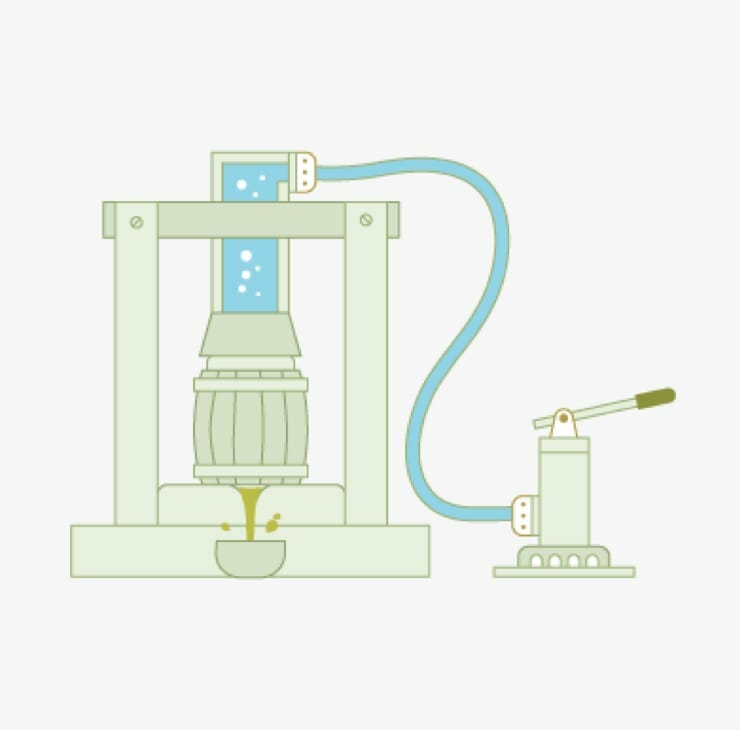
CENTRIFUGATION
In the 1970s a new extraction system became popular: the centrifuge. After pressing, the olive paste is placed in a large horizontal centrifuge, or decanter, which separates the oil from the pomace and from the vegetation water.
